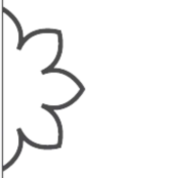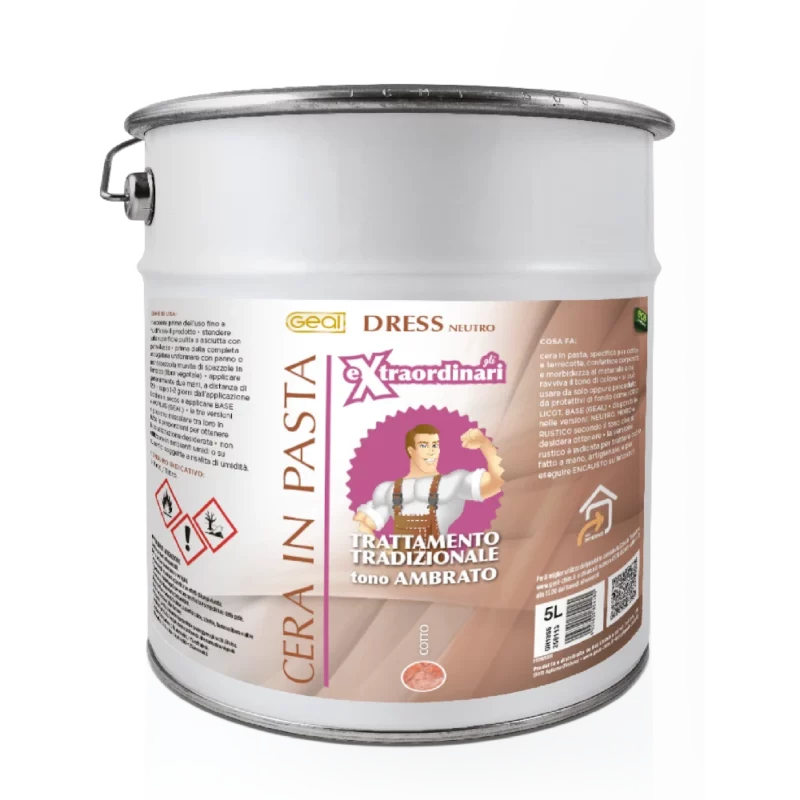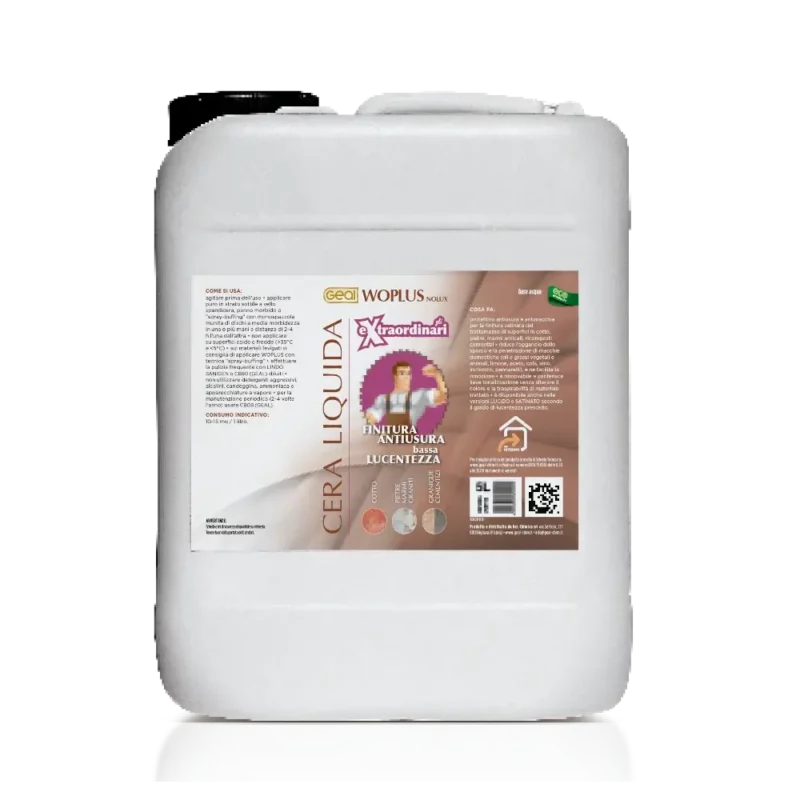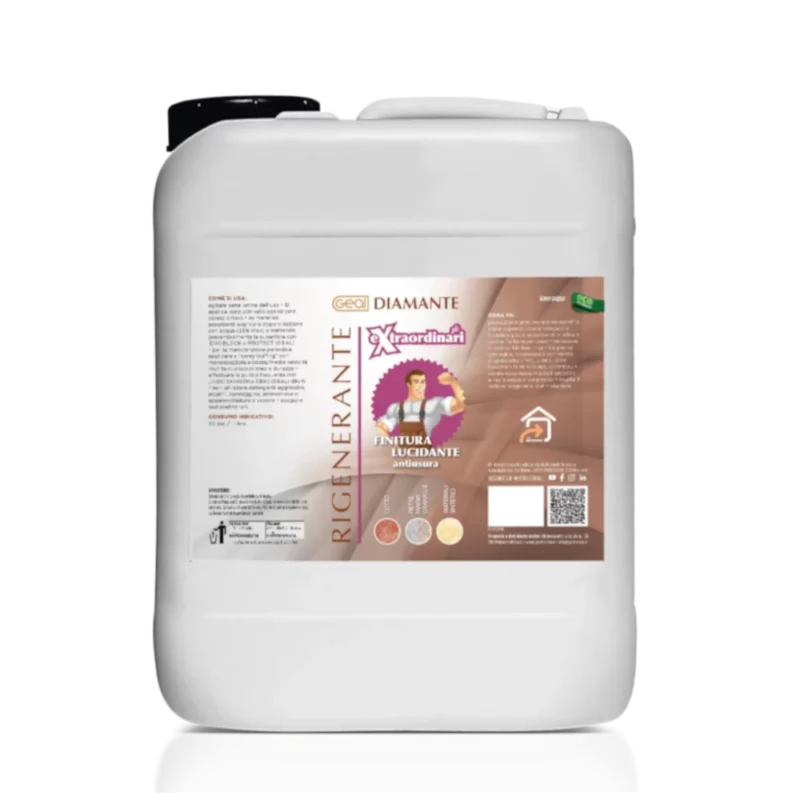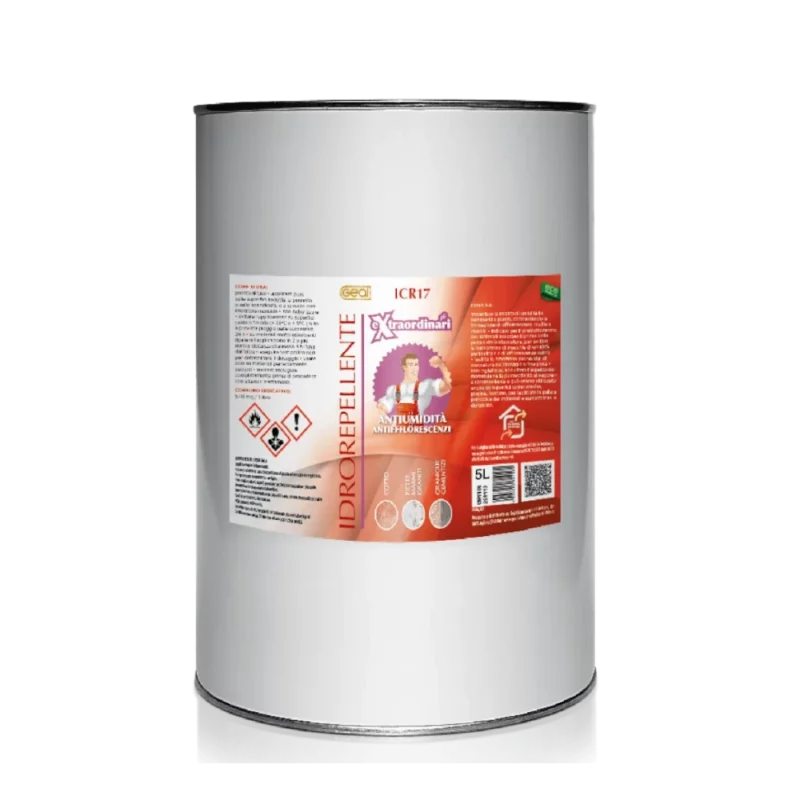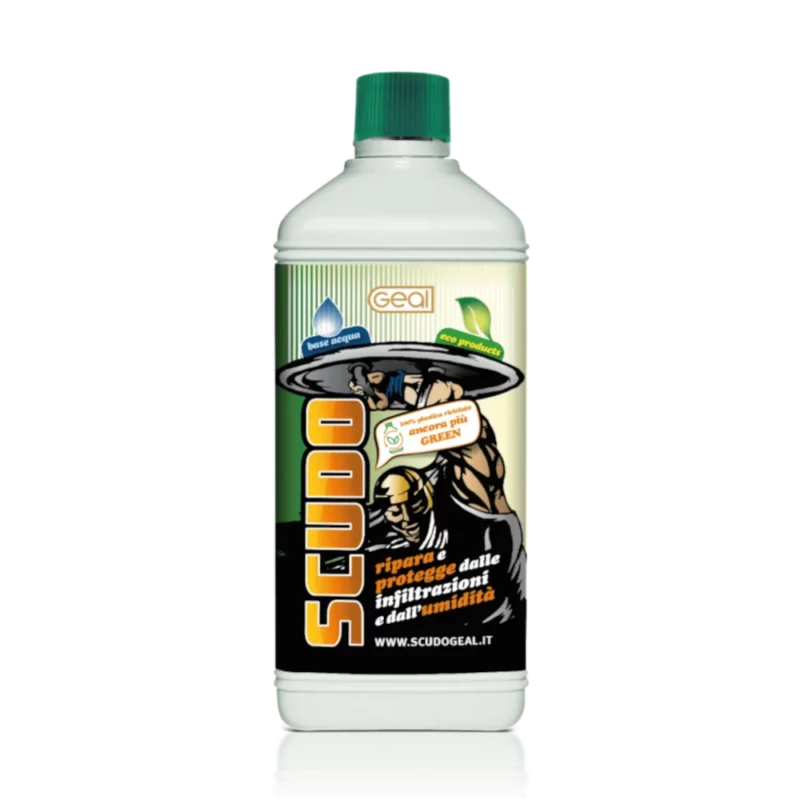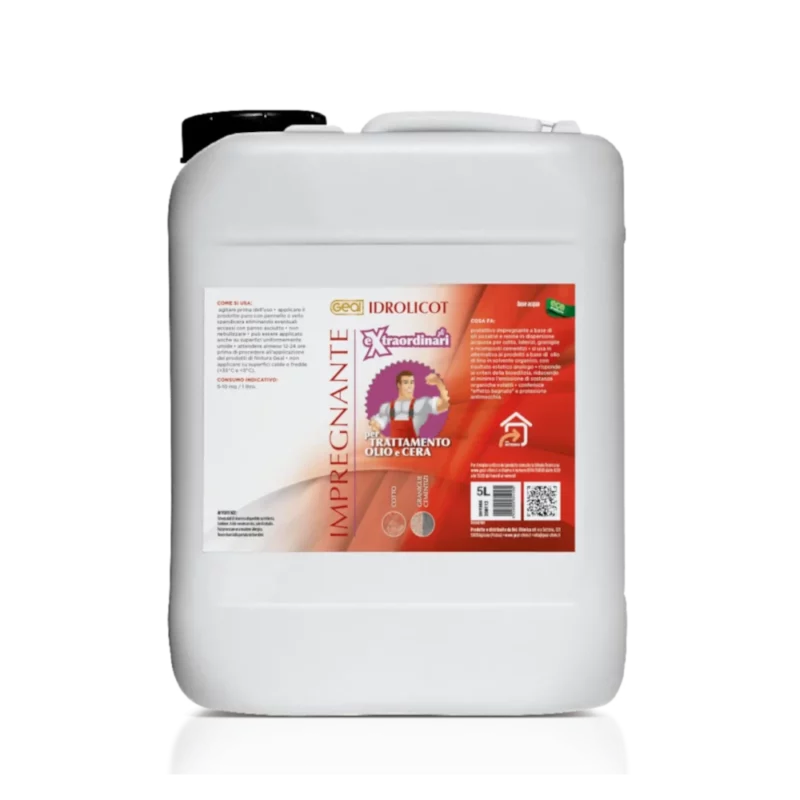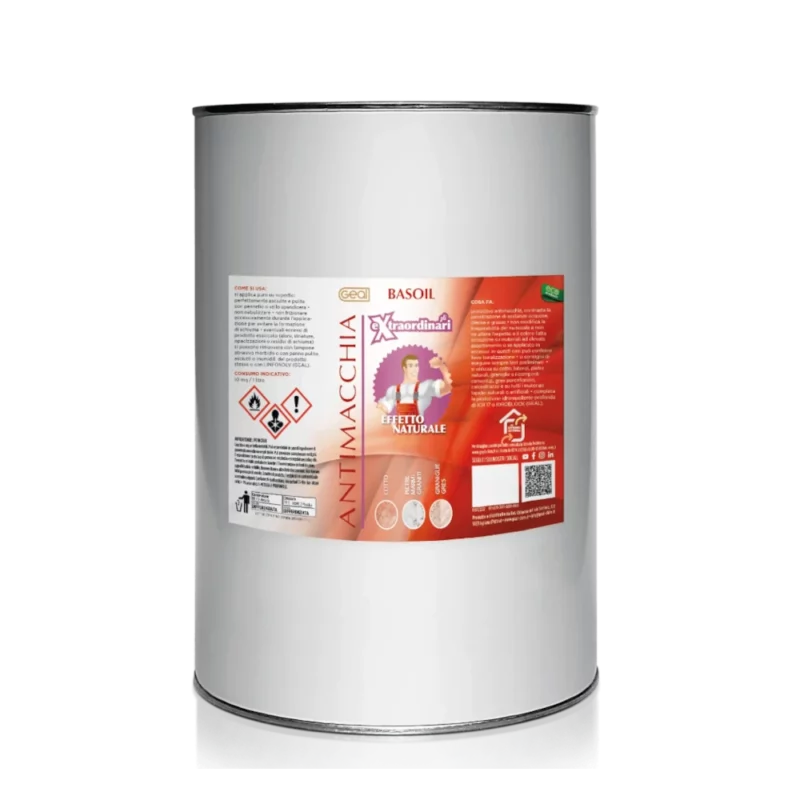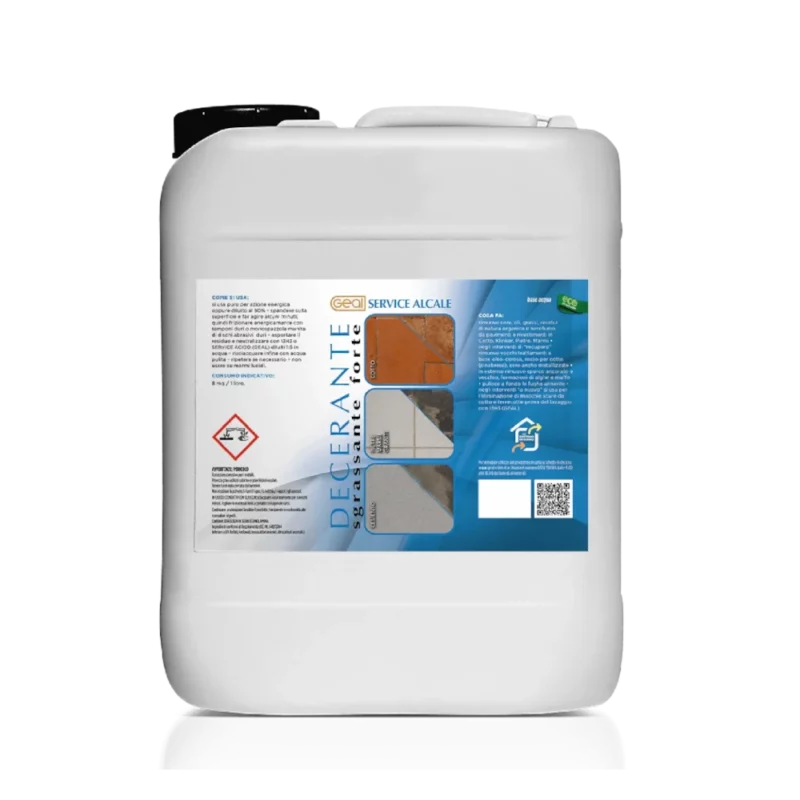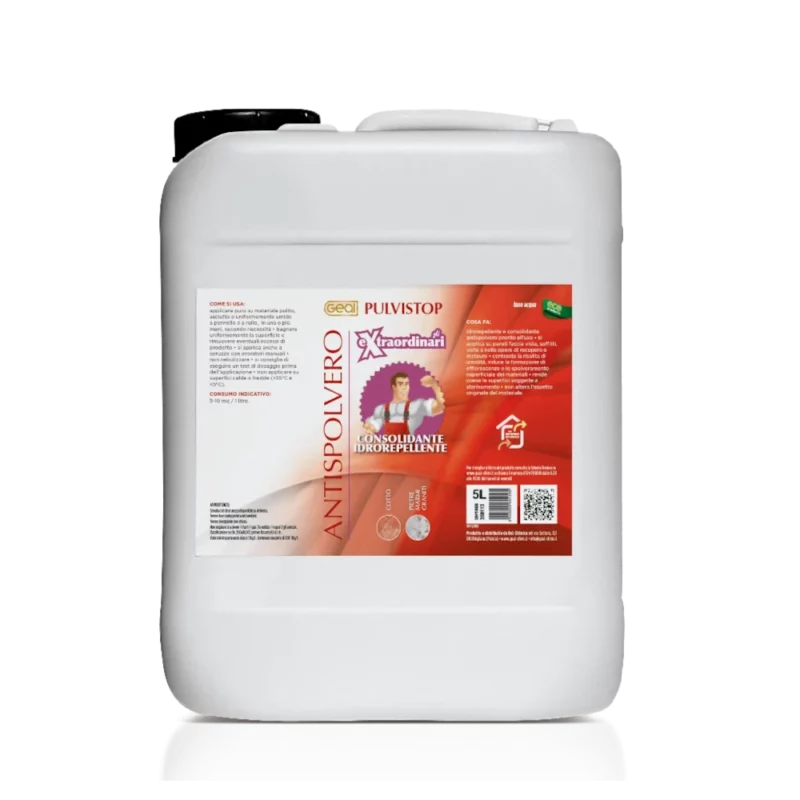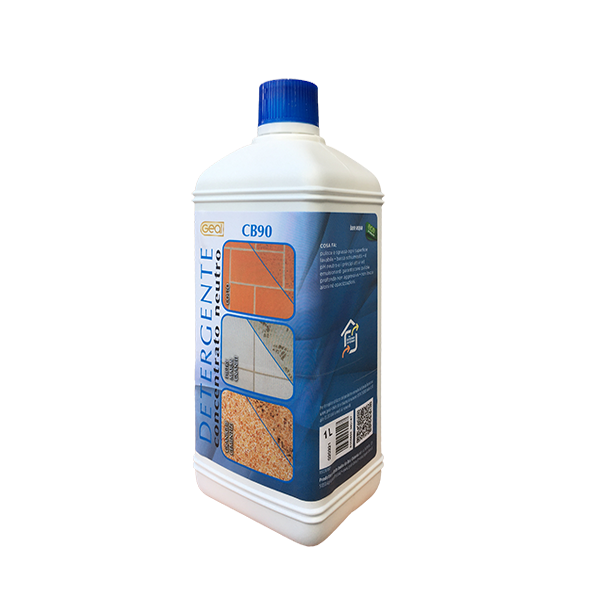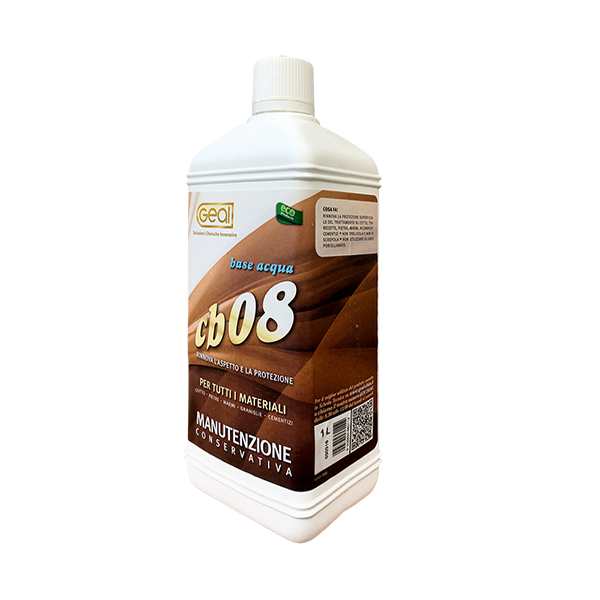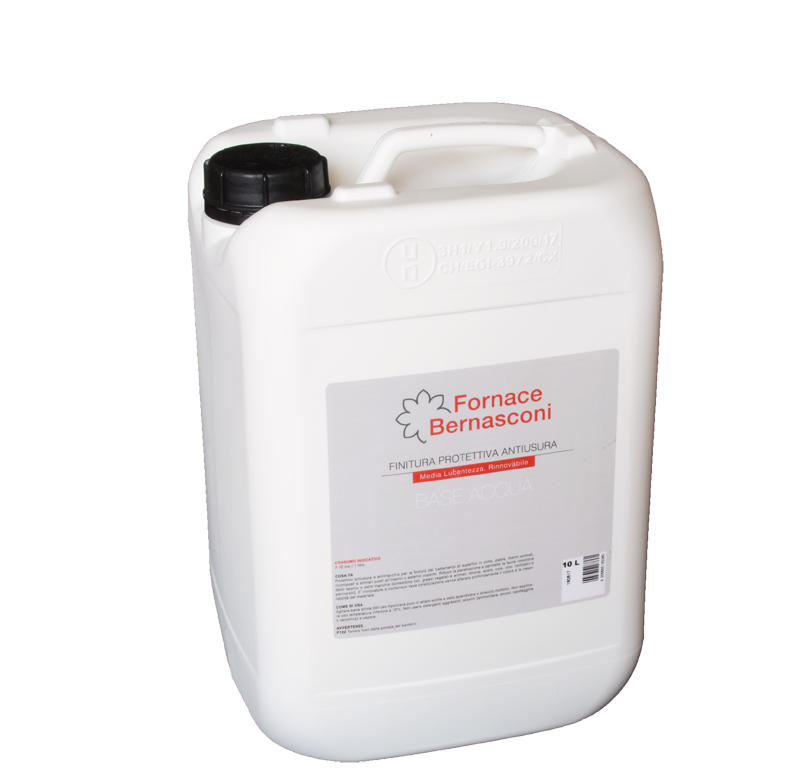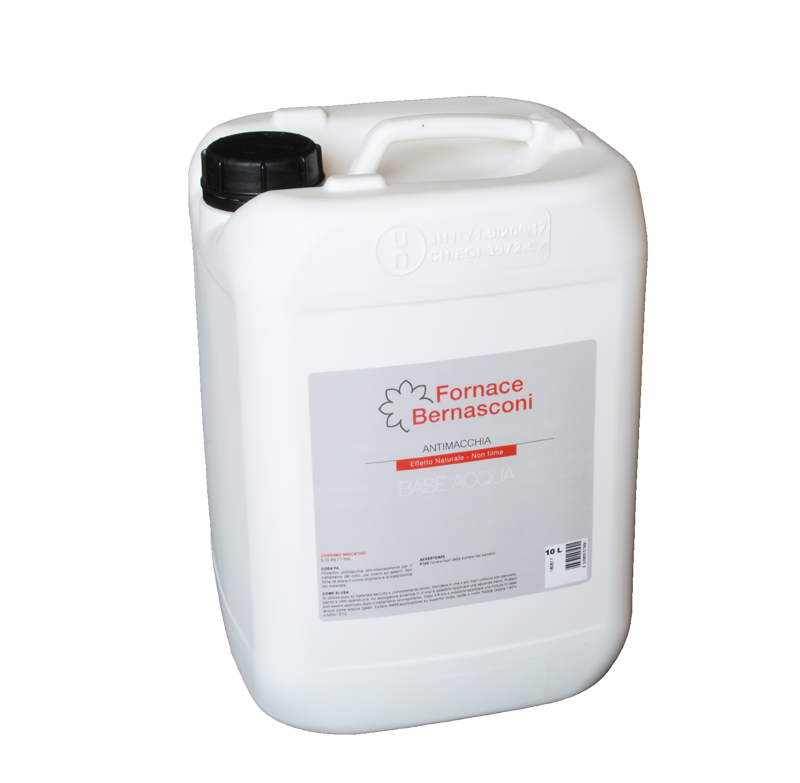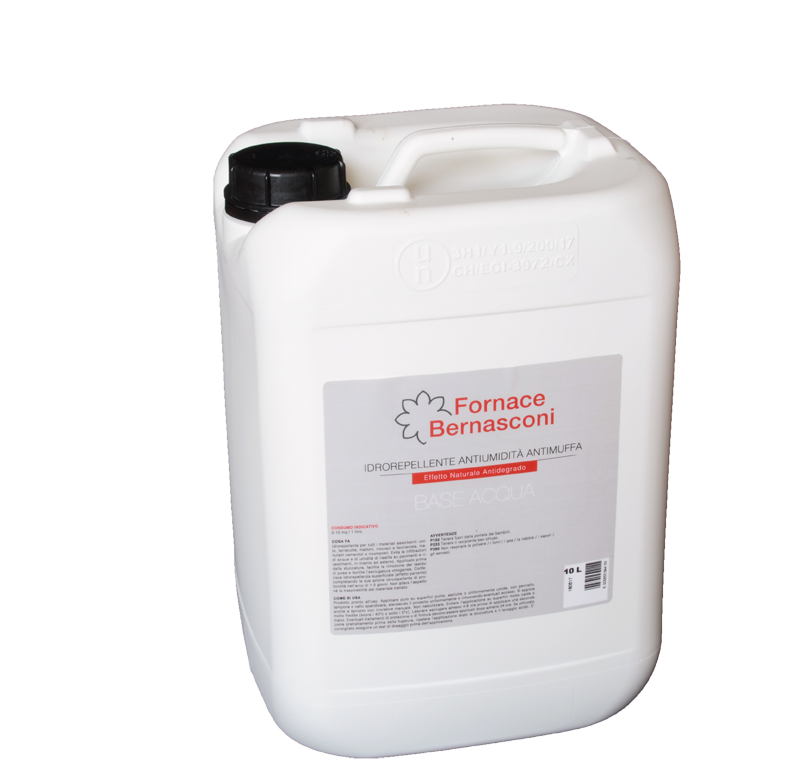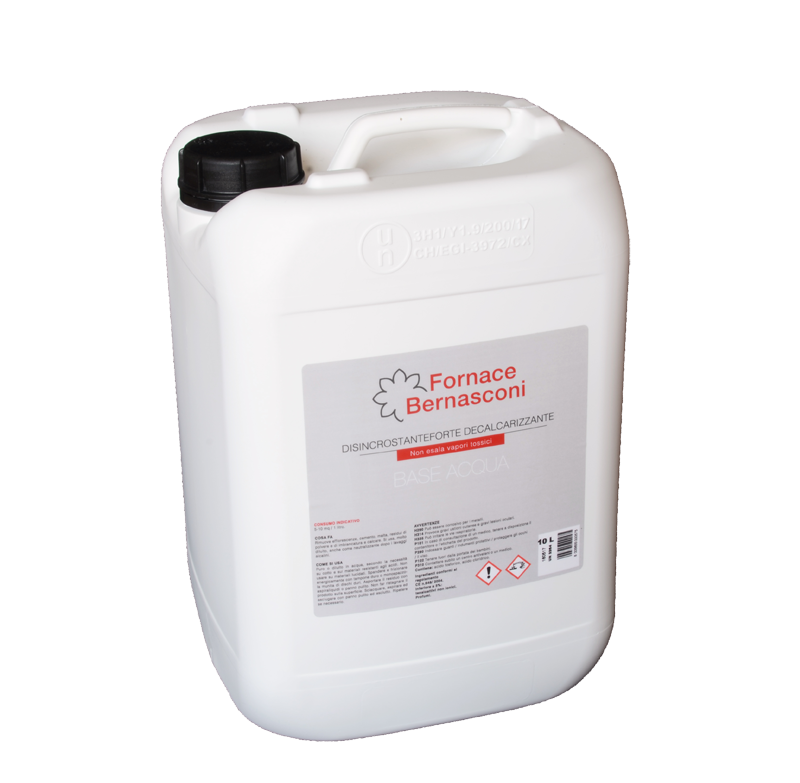To clean high-quality flooring, standard cleaners are not always suitable or sufficient, precisely because some materials have characteristics that must be respected. So, what is buffered acid used for on terracotta floors? It is a substance useful for cleaning terracotta floors, as well as gres, marble, and generally all porous and non-polished limestone surfaces.
Ceramics and porcelain can also be treated with this compound of sulfonic acid and emulsifying surfactants, making it a valuable ally for removing limescale and rust residues in bathrooms. However, it is especially ideal for handmade terracotta, as it is also applied during installation to finish the newly laid flooring.
Buffered Acid for Terracotta Floors
In the case of terracotta floors, washing with buffered acid is an essential step in the finishing process and is recommended as part of extraordinary maintenance to keep the floor always looking perfect. Particularly useful for descaling the joints, it should not be used too frequently. When alternated with more superficial cleaning, it can give excellent results on terracotta floors.
When terracotta is installed, it must undergo three treatment phases, which can be defined as: washing, protection, and finishing (also see: “How Terracotta is Made“). It is during the initial phase that buffered acid serves more than one purpose:
- First, it removes all cement residue and grout;
- It is useful for bringing out and eliminating the salt efflorescence that occurs in clay materials, so they can be removed;
- The final purpose of buffered acid is to help open the pores, preparing the surface for the actual terracotta treatment, which involves applying water/oil-repellent impregnating materials. Special waxes are used for the finishing phase.
Buffered acid is frequently used in construction work to remove all lime residue and general work-related residues. At the end of renovations, it is excellent for restoring cleanliness in areas that have been affected by workers’ activities, from stains to dust and so on.
I nostri Prodotti per il Trattamento del Cotto
How to use buffered acid?
To keep terracotta in good condition, it’s important to use specific neutral cleaners and apply them for daily cleaning. A little secret is to always add a few drops of vinegar, which will make the floor shine even more.
However, even when done carefully and frequently, this operation is not enough, because, in addition to the possibility of stubborn dirt, the joints can easily become encrusted, and white stains typical of clay materials may appear. Therefore, periodically, the terracotta floor should be treated in the same way it was during installation.
There are various products on the market based on buffered acid: it is not a dangerous substance like muriatic acid, it is inexpensive, and it gives excellent results. If you prefer not to use a product containing multiple ingredients, you can also purchase a container of just buffered acid: the result will be similar, and the cost will be lower.
Although not particularly harmful, it is always important to wear rubber gloves before performing the cleaning.
This is the procedure to adopt:
- Sweep the floor well and vacuum to remove all residue;
- If previously waxed, it is important to apply a wax remover to remove old wax applications;
- Dilute the buffered acid for terracotta floors with water, according to the dosage recommended by the cleaner manufacturer. In some cases, for very stubborn stains, it can be applied pure;
- Let it sit for several minutes;
- Use a broom with stiff bristles or an abrasive sponge (there are specific ones available in the market) and scrub the treated surface vigorously;
- Rinse thoroughly, and if necessary, repeat the rinsing several times.
This operation should be performed once a year for new or semi-new terracotta floors, while it should be repeated two or three times for older installations.
Handmade terracotta is one of the most valuable and functional materials you can use: recommended for both outdoor and indoor floors and wall coverings, it ensures unmatched longevity and, when properly maintained, always keeps its appearance impeccable.
Buffered acid is the ideal and specific product for handmade terracotta; however, it can also be tested on other surfaces: never use it on chrome or steel, but many tiles and porcelains tolerate it, and optimal results can be achieved.
Before applying it extensively, it is always recommended to do a test in a hidden corner to check if its use is safe or harmful.
You can find buffered acid in our online shop, under the name Strong Descaler.
